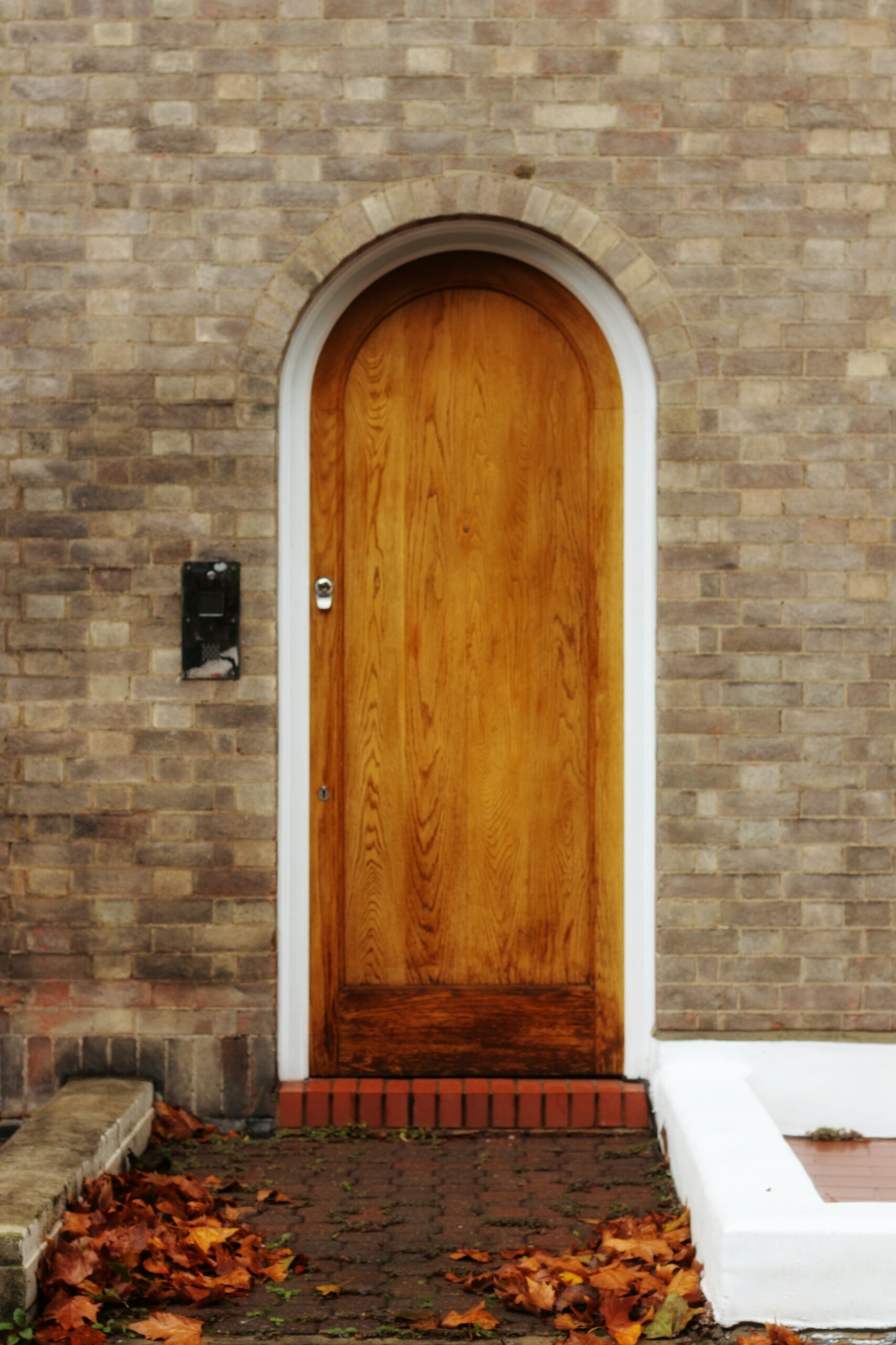Your front door is more than just a way into your home—it’s your first line of defense and your first impression. A well-chosen front door adds curb appeal, enhances security, and can even increase your property’s value. But with a vast array of materials, finishes, locking systems, and designs available, selecting the perfect front door can be overwhelming.
This guide will walk you through everything you need to know about choosing a front door that offers both safety and style.
Why the Front Door Matters
The front door sets the tone for your entire home. It’s the first thing visitors (and potential intruders) notice. An ideal front door should:
- Enhance home security
- Improve energy efficiency
- Match the architectural style of the property
- Withstand weather and wear
- Last for years with minimal maintenance
Key Considerations When Choosing a Front Door
1. Security First: The Door’s Core Strength
When it comes to safety, your door’s material and build quality matter most.
- Solid wood: Offers excellent strength, but can warp over time if not maintained.
- Steel doors: Extremely strong and secure, often reinforced with internal wood or foam cores.
- Fiberglass doors: Durable, resistant to denting and warping, and can be designed to mimic wood grain.
- Composite doors: Made from a blend of materials like PVC, wood, insulating foam, and GRP. Excellent security and weather resistance.
Tip: Check for PAS 24 certification (UK) or equivalent to ensure the door meets security standards.
2. Locking Systems & Hardware
Even the strongest door is only as secure as its lock. Look for:
- Multi-point locking systems: Lock at multiple positions along the frame for extra resistance against force.
- 5-lever mortice deadlocks: Preferably British Standard BS3621 certified.
- Smart locks: Keyless access via code, fingerprint, or smartphone app. Great for modern homes.
- Hinges & strike plates: Use heavy-duty hinges with hidden pins and reinforced strike plates with long screws.
Bonus Tip: Choose hardware finishes like brass, chrome, or matte black to complement your home’s exterior.
3. Door Style and Design
Safety doesn’t mean sacrificing style. Your door should reflect your personality and the architecture of your home.
- Traditional homes: Paneled wood designs with decorative glazing or brass knockers.
- Modern homes: Sleek, flush doors in dark colors with minimalist handles.
- Cottage or rustic homes: Stable doors or tongue-and-groove wood with iron fittings.
- Victorian/Georgian homes: Solid timber doors with symmetrical panels and fanlights.
Customization Options:
- Decorative or frosted glass inserts
- Side panels and transoms for added light
- Custom paint colors or wood stains
- Door numbers, knockers, and letter plates
4. Weather Resistance and Durability
Outdoor doors face year-round exposure to sun, rain, wind, and cold. Choose materials and finishes that endure:
- Steel: Very durable but can rust if scratched or damaged
- Fiberglass: Resistant to corrosion, moisture, and extreme temperature shifts
- Solid wood: Beautiful, but needs regular sealing or painting
- Composite: Excellent choice for UK weather—won’t fade, crack, or peel
Look for a door with proper weather seals, drip bars, and insulation cores to prevent draughts and moisture ingress.
5. Energy Efficiency
An energy-efficient front door can reduce your heating bills and increase comfort.
- Choose doors with foam insulation cores or thermal breaks
- Check the U-value (lower means better insulation)
- Opt for double or triple-glazed glass panels
- Weatherstripping and proper fitting are key to keeping air leakage low
Tip: Composite and fiberglass doors generally offer better insulation than metal or wood.
6. Glazing: Light and Privacy
If you want natural light, consider doors with glass panels. There are several options:
- Clear Glass: Bright but may compromise privacy
- Frosted or Obscured Glass: Offers both light and privacy
- Leaded or Beveled Glass: Stylish, traditional touch
- Double/Triple Glazing: Enhances thermal and sound insulation
Safety Note: Always choose toughened or laminated safety glass, especially for lower panels.
7. Color Choices and Finishes
Your door’s color makes a statement—and can even impact your home’s resale value.
Popular choices:
- Classic black or navy: Modern and sophisticated
- Bold red or yellow: Welcoming and vibrant
- Sage green or duck egg blue: Cottage charm
- Wood stain: Highlights natural grain
Look for UV-resistant finishes to prevent fading over time.
8. Maintenance Requirements
Choose a door based on how much upkeep you’re willing to do.
- Wood: Needs regular painting or varnishing
- Steel: Needs occasional touch-ups to prevent rust
- Fiberglass/Composite: Low maintenance; wipe clean occasionally
Conclusion
A front door isn’t just an entrance—it’s a powerful blend of protection and personality. By considering factors like material, security, insulation, style, and long-term durability, you can choose a front door that keeps your home safe while enhancing its curb appeal.
Whether you’re upgrading for security, replacing an old unit, or designing a new build, taking the time to choose the perfect front door will make a lasting impact—on both your safety and your style statement.

